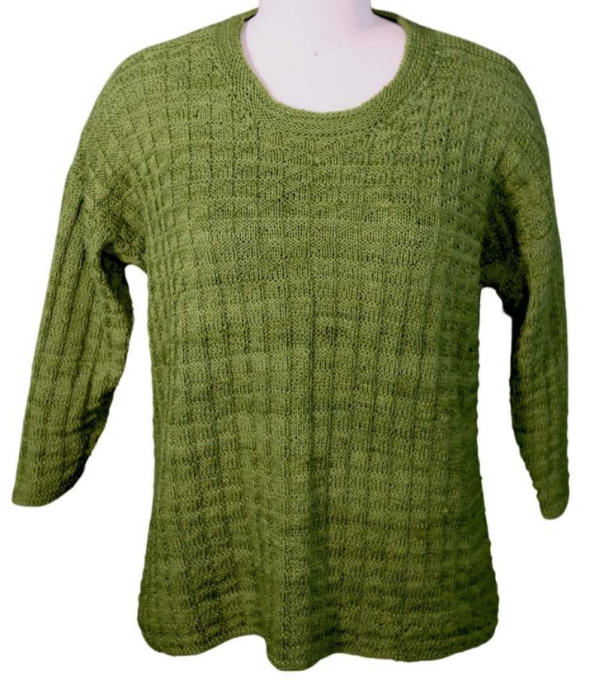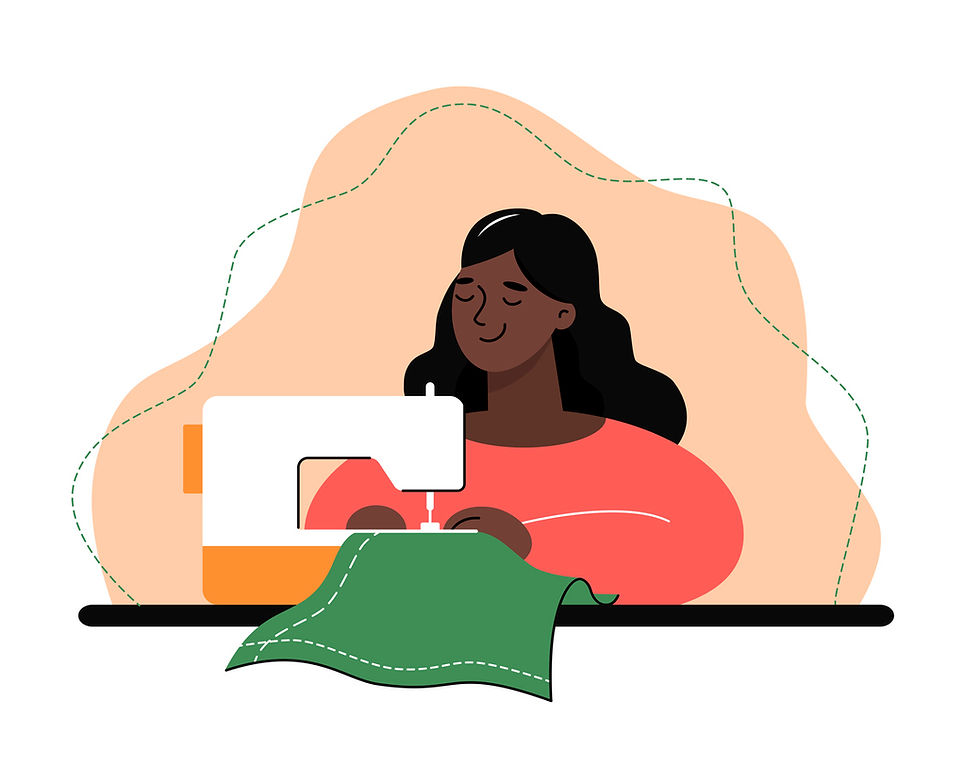Size Inclusivity
- Joy Friedman

- May 26
- 2 min read
One of the great things about knitting is how customizable it is. When we make our own garments, we can fit them to our exact measurements. Of course, it takes some skill, trial and error, and technical know-how to convert any pattern to your measurements. Most knitters don’t have experience with or even the time to do this. So, it’s refreshing to see more and more designers embracing size inclusivity and adding more sizes to their pattern ranges.
Adding a wide range of sizes to your patterns presents a few challenges for designers. Sizing a pattern up or down isn’t as simple as plugging a few numbers into a spreadsheet. It requires careful grading to ensure proper proportions and fit. Because bodies don’t change at the same percentage in all areas as they get larger or smaller, the designer has to make thoughtful adjustments in areas like shoulder width, sleeve length, and bust shaping. Adding more sizes also includes increased testing requirements and more investment in materials to ensure their patterns will work for all sizes included.
Why Size Inclusivity Matters
One of the great things about knitting is how customizable it is. When we make our own garments, we can fit them to our exact measurements. Of course, it takes some skill, trial and error, and technical know-how to convert any pattern to your measurements. Most knitters don’t have experience with or even the time to do this. So, it’s refreshing to see more and more designers embracing size inclusivity and adding more sizes to their pattern ranges.
Adding a wide range of sizes to your patterns presents a few challenges for designers. Sizing a pattern up or down isn’t as simple as plugging a few numbers into a spreadsheet. It requires careful grading to ensure proper proportions and fit. Because bodies don’t change at the same percentage in all areas as they get larger or smaller, the designer has to make some thoughtful adjustments in areas like shoulder width, sleeve length, and bust shaping. Adding more sizes also includes increased testing requirements and more investment in materials to ensure their patterns will work for all of the sizes included.
Increasing my pattern range
Size inclusivity is important to me, and while I’ve always strived to include a wide range of sizes for my patterns, I’ve recently increased that range. My latest pattern, Triangles, is the first sweater to include 11 sizes, ranging from a 28” to a 72” / 70 to a 180 cm bust circumference. My future patterns will consist of this size range, and I’ll be working on past patterns to bring them into this new size range as well.








Comments